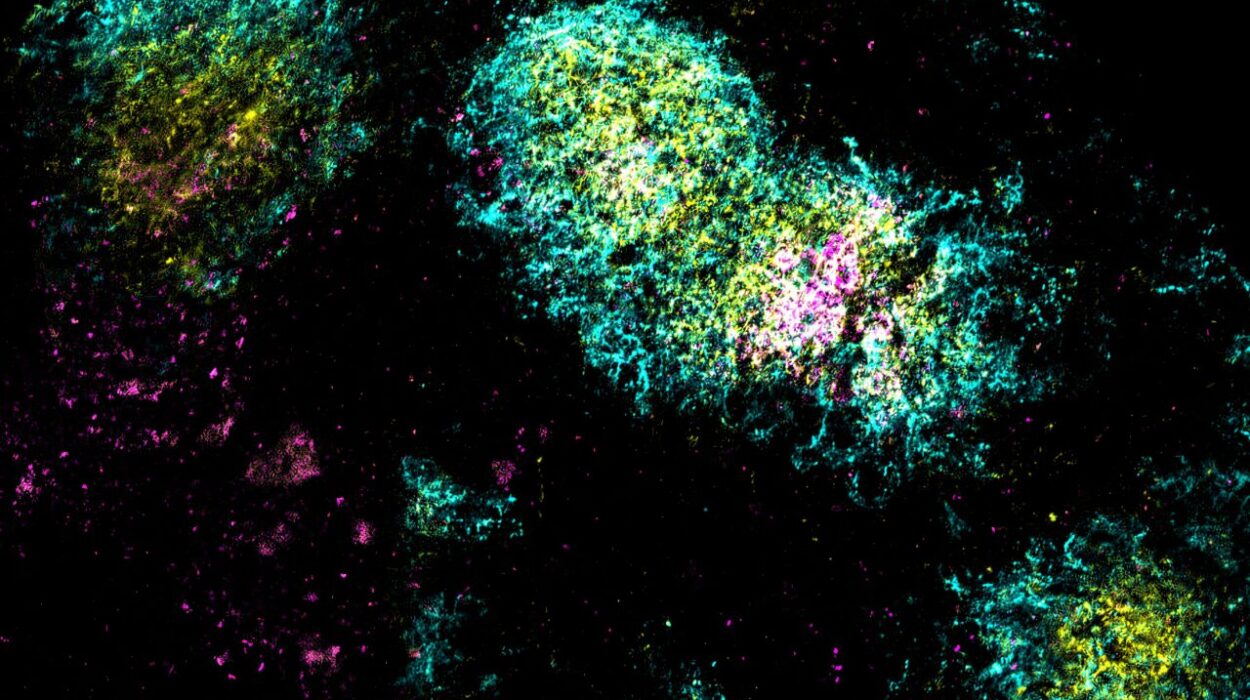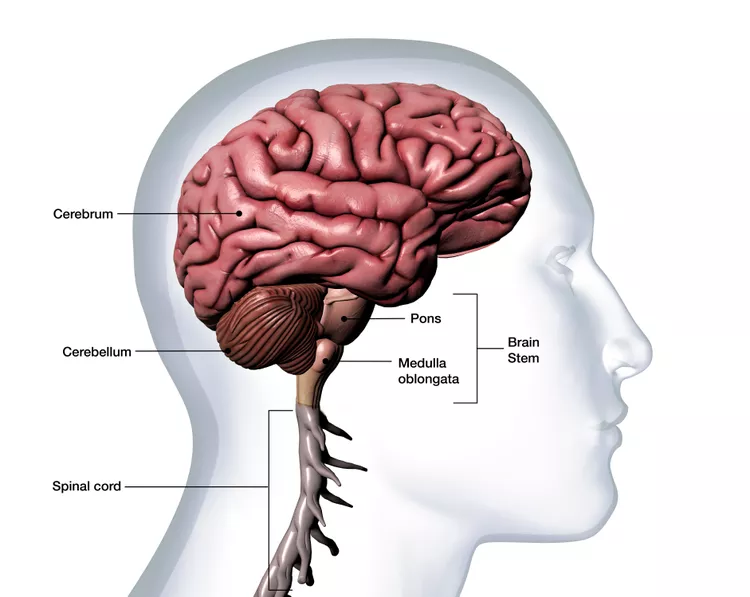Your skin is the largest organ in your body—and one of the most powerful mirrors of what’s happening inside it. Often, changes in your complexion, texture, or overall skin condition are not just about cosmetics or aging. They’re signals—sometimes quiet, sometimes screaming—that your body is trying to get your attention.
In this detailed exploration, we’ll dive beneath the surface (literally and figuratively) to uncover what your skin might be saying about your internal health. From nutrient deficiencies to hormonal imbalances, autoimmune diseases to dehydration, and even your emotional well-being—your skin keeps a secret journal of it all. If you’ve ever wondered whether your breakouts, rashes, or that persistent itch might be something more, you’re in the right place.
The Skin: More Than Meets the Eye
We often think of skin as just a protective covering, but it’s an incredibly complex organ. It regulates temperature, helps synthesize vitamin D from sunlight, senses pressure and pain, and serves as a barrier against pathogens. Your skin also has an intimate relationship with the immune system, hormonal network, digestive system, and even your mental health.
The skin is made up of three main layers: the epidermis (outer), dermis (middle), and subcutaneous tissue (inner). Each layer performs vital functions. When something goes wrong in your body—whether it’s a lack of sleep or a malfunctioning thyroid—it often shows up on your skin.
Colorful Clues: When Skin Changes Shade
Yellow Tint: Liver Trouble or Jaundice
If your skin suddenly turns yellow—especially the whites of your eyes—it’s a red flag. This yellowing, known as jaundice, typically indicates liver dysfunction. Conditions like hepatitis, cirrhosis, or gallstones can interfere with the liver’s ability to process bilirubin, a yellow pigment from the breakdown of red blood cells.
Sometimes, jaundice is the first sign of pancreatic cancer, especially if it’s painless and accompanied by unexplained weight loss. Babies also frequently develop jaundice, but in most cases, it’s harmless and temporary. In adults, however, it’s a reason to see a doctor promptly.
Pale or Ashen Skin: Anemia or Shock
If you look in the mirror and see a pale face staring back, it could be more than poor lighting. Pale skin—particularly if it’s sudden or accompanied by fatigue—may suggest anemia. Anemia is when your body doesn’t have enough red blood cells to carry adequate oxygen.
Anemia could stem from iron deficiency, B12 deficiency, blood loss, or chronic disease. Shock from severe infection, trauma, or internal bleeding can also drain your skin of its normal color—this is a medical emergency.
Blue or Purple Skin: Circulation Issues
Skin that appears blue (cyanosis) usually indicates poor oxygenation in the blood. This can happen in people with respiratory diseases like COPD or asthma, or heart conditions that affect circulation.
Fingers, toes, and lips are especially prone to turning blue in cold weather, but if the blue color doesn’t go away with warming or is accompanied by shortness of breath or chest pain, seek help immediately.
Rashes, Redness, and Skin Texture
Butterfly Rash: Lupus
A distinctive butterfly-shaped rash across the cheeks and nose is often associated with systemic lupus erythematosus (SLE), an autoimmune disease. This rash may flare up after sun exposure and often comes with fatigue, joint pain, and fever.
Lupus can affect multiple organs, and early diagnosis is crucial to managing symptoms and preventing damage.
Dry, Flaky Skin: Thyroid Disorders
Chronically dry or scaly skin might be more than just a need for moisturizer. It can be a sign of an underactive thyroid (hypothyroidism), especially if it’s accompanied by weight gain, fatigue, and cold intolerance.
The thyroid hormone plays a vital role in skin cell turnover and hydration. When levels are low, skin renewal slows, leading to dull, dry, or rough skin.
Itchy, Inflamed Patches: Eczema or Allergies
Red, itchy, and inflamed patches can suggest atopic dermatitis (eczema), a chronic skin condition linked to allergies, asthma, or stress. These patches often appear in skin folds, like behind the knees or elbows, and can flare during cold weather or exposure to allergens.
Contact dermatitis is a related issue caused by direct contact with irritants like soaps, chemicals, or poison ivy. Identifying and removing the trigger is key to relief.
Hives and Swelling: Allergic Reactions
Sudden eruptions of raised, red, itchy welts—also known as hives—are usually signs of an allergic reaction. Triggers can include foods, medications, insect stings, or even stress.
Hives that spread rapidly or come with difficulty breathing may indicate anaphylaxis, a life-threatening emergency that requires immediate intervention.
Acne: More Than a Teenage Woe
Acne isn’t just about hormones raging in adolescence. Adult acne—especially when it’s cystic and appears around the jawline—can be a signal of underlying hormonal imbalances, such as polycystic ovary syndrome (PCOS). It may also reflect high levels of stress, poor diet, digestive issues, or a reaction to certain medications.
Sometimes, skin bacteria (Cutibacterium acnes) get trapped in hair follicles along with oil and dead skin cells, causing inflammation. But the root causes often lie deeper, and treating acne effectively may require more than just topical creams.
Skin and Nutrition: Are You What You Eat?
Your skin often reveals what your diet is missing.
Vitamin A deficiency can cause dry, rough skin, while a lack of vitamin C may lead to easy bruising and poor wound healing. Biotin deficiency can result in flaky skin and brittle hair. Zinc plays a vital role in skin repair, and its deficiency can lead to rashes that resemble eczema.
Omega-3 fatty acids, found in fish and flaxseeds, are vital for skin hydration and elasticity. People on extremely low-fat diets may experience dry, itchy, or scaling skin.
And then there’s sugar. Diets high in sugar and processed foods can cause inflammation and increase the risk of acne, rosacea, and premature aging. Collagen—the protein that keeps skin firm—can be broken down by chronic inflammation caused by poor nutrition.
Skin and the Gut: The Inside-Out Connection
An increasing body of research supports the “gut-skin axis”—the idea that the health of your digestive system profoundly affects your skin. Conditions like leaky gut syndrome, IBS, and small intestinal bacterial overgrowth (SIBO) can all manifest as skin problems.
People with rosacea, for example, often have coexisting gut issues. Acne has been linked to imbalances in gut flora, and eczema is sometimes worsened by food sensitivities or poor gut permeability.
Probiotics, prebiotics, and a diet rich in fiber and fermented foods can often bring surprising improvements to skin health—by healing the gut first.
Skin and Hormones: A Delicate Balance
Hormones can be powerful puppeteers of skin behavior. Androgens (male hormones like testosterone) stimulate oil glands, so excess can lead to acne. This is common in teens, during menstruation, pregnancy, or in conditions like PCOS.
Estrogen, on the other hand, supports collagen and skin hydration. Declining estrogen during menopause can lead to thinning, wrinkling, and dryness.
Cortisol, the stress hormone, also affects skin by ramping up oil production and inflammation, often worsening conditions like eczema, psoriasis, or acne.
A sudden breakout, unusual hair growth, or changes in skin thickness or pigmentation may point to a hormonal imbalance that deserves medical attention.
Aging Skin vs. Premature Aging
Aging is natural—but the rate at which your skin ages can reflect your internal state. Fine lines and wrinkles are expected with age, but when they arrive prematurely, it might point to poor nutrition, excessive sun exposure, smoking, or chronic stress.
Photoaging—from ultraviolet light—is one of the biggest accelerants of skin aging. It damages DNA, depletes collagen, and causes pigmentation changes. Similarly, smoking restricts blood flow to the skin and reduces oxygen and nutrient delivery.
Oxidative stress, caused by environmental toxins and poor lifestyle choices, also contributes to faster skin aging. Antioxidants in your diet—vitamin E, C, selenium, and polyphenols—are your best defense.
Skin and Mental Health: The Emotional Mirror
The connection between your brain and your skin is more intimate than you might think. Stress, anxiety, and depression can all trigger or worsen skin conditions. Stress hormones increase oil production, reduce skin barrier function, and lower immune response, making skin more susceptible to irritation and infections.
Conditions like trichotillomania (hair-pulling), excoriation disorder (skin picking), and psychosomatic itching are extreme examples of how mental health manifests on the skin.
Conversely, visible skin disorders can lead to low self-esteem, social withdrawal, and even depression. It’s a two-way street, and treatment often requires addressing both the skin and the psyche.
Skin Cancer: Warning Signs You Shouldn’t Ignore
Any new mole, or change in an existing mole, should be evaluated. Melanoma, the deadliest form of skin cancer, can look like an innocent freckle. The ABCDE rule can help identify suspicious moles:
- Asymmetry
- Border irregularity
- Color variation
- Diameter over 6mm
- Evolving shape or color
Basal cell carcinoma and squamous cell carcinoma may appear as red patches, open sores, or pearly bumps. Early detection is key—skin cancer is highly treatable when caught in time.
Regular self-exams and dermatology checkups are not vanity—they’re potentially lifesaving.
Your Skin’s Cry for Hydration
Dehydrated skin often appears dull, tight, or flaky. While many people reach for moisturizing creams, the issue may lie in their water intake.
Water is vital for maintaining skin elasticity, nutrient transport, and toxin elimination. Chronic dehydration can make wrinkles more pronounced and slow down the skin’s healing process.
Alcohol and caffeine can contribute to dehydration. Aim to drink enough water daily, and support your hydration with hydrating foods like cucumbers, watermelon, and oranges.
Environmental and Lifestyle Factors
Sun exposure, pollution, sleep, exercise, and skincare products all influence your skin’s health.
Too much sun without protection causes premature aging and raises cancer risk. Pollution leads to oxidative damage. Lack of sleep increases cortisol and reduces collagen. Exercise improves blood flow and oxygenation.
Using the wrong skincare products—especially those with harsh chemicals—can strip the skin’s natural barrier and trigger irritation. Always tailor skincare to your skin type, and be gentle with exfoliation.
Listening to Your Skin
Your skin is your body’s early warning system. It gives you visual and tactile feedback that something might be off inside. Rather than masking the symptoms with cosmetics, ask: What is my skin trying to tell me?
Persistent symptoms should never be ignored. A rash that won’t go away, a mole that changes, or skin that suddenly feels different may all be worthy of a doctor’s visit.
Your skin is talking. Are you listening?






